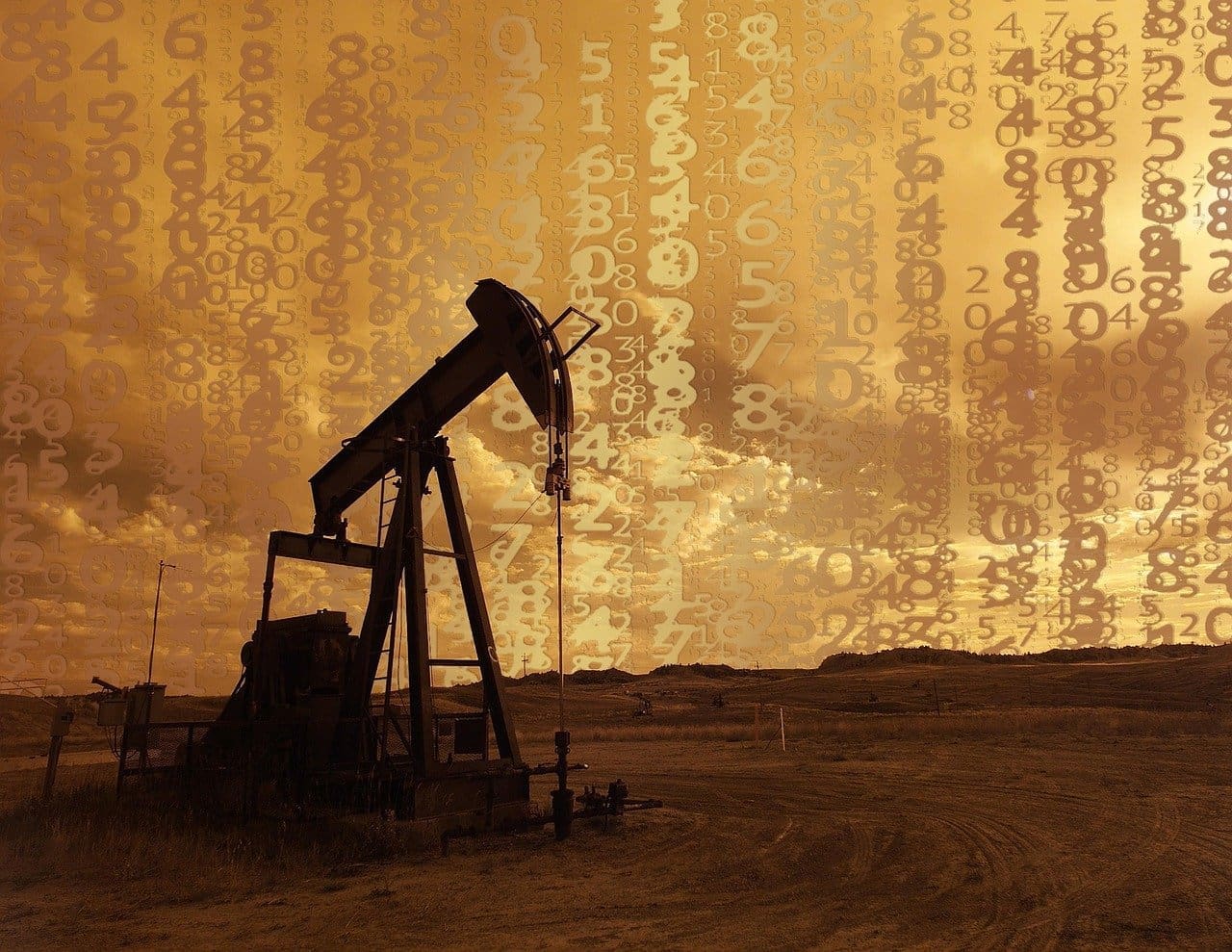Crude oil is an important commodity that is traded worldwide. Its price varies from country to country and from state to state daily.
Today, June 13, crude oil opened on the international exchange for Brent at $82 per barrel. Crude oil opened at $78 per barrel on the New York Mercantile Exchange for 30-day delivery. Oil is also bought at thousands of leases around the U.S., somewhat less than the NYMEX price, depending on quality and availability.
The future availability or supply of oil is important. That’s why governments have agencies that study economic conditions in an effort to predict the amount of oil that will be produced and consumed next month, next year, or maybe 10 years in the future.
The Energy Information Administration (EIA) was created by the U.S. Congress some 50 years ago to track energy production and consumption, and it has developed a reputation for providing accurate data regarding historical production and consumption. However, predicting the future is somewhat more difficult, but it is required to do so.
This week, the EIA forecasts that U.S. crude oil production will grow by 2% from 2023 to an annual average of 13.2 million barrels per day (b/d) in 2024 and by another 4% in 2025 to 13.7 million b/d. “Increasing production is led by the Permian region, which is the source of almost 50% of domestic crude oil production, followed by the Eagle Ford region and the Federal Gulf of Mexico,” the EIA stated in its monthly release.
EIA expects OPEC+ to begin relaxing voluntary cuts in the fourth quarter of this year. This will cause global oil inventories to continue falling, putting upward pressure on oil prices. EIA expects Brent to be at $84 for the remainder of the year.
The International Energy Agency (IEA) and the Organization of Petroleum Exporting Countries (OPEC) are two other organizations that are involved in tracking energy supply and demand globally and they often have different opinions.
The IEA anticipates global demand for crude oil will peak before 2030, while OPEC maintains global demand will grow.
IEA predicts demand will soften primarily due to the development of wind and solar power and the continued usage of electric vehicles.
OPEC believes global demand will rise as developing countries experience economic growth and create more demand for petroleum products.
As you can see, there are different opinions about the future supply and demand.
Alex Mills is the former President of the Texas Alliance of Energy Producers.






